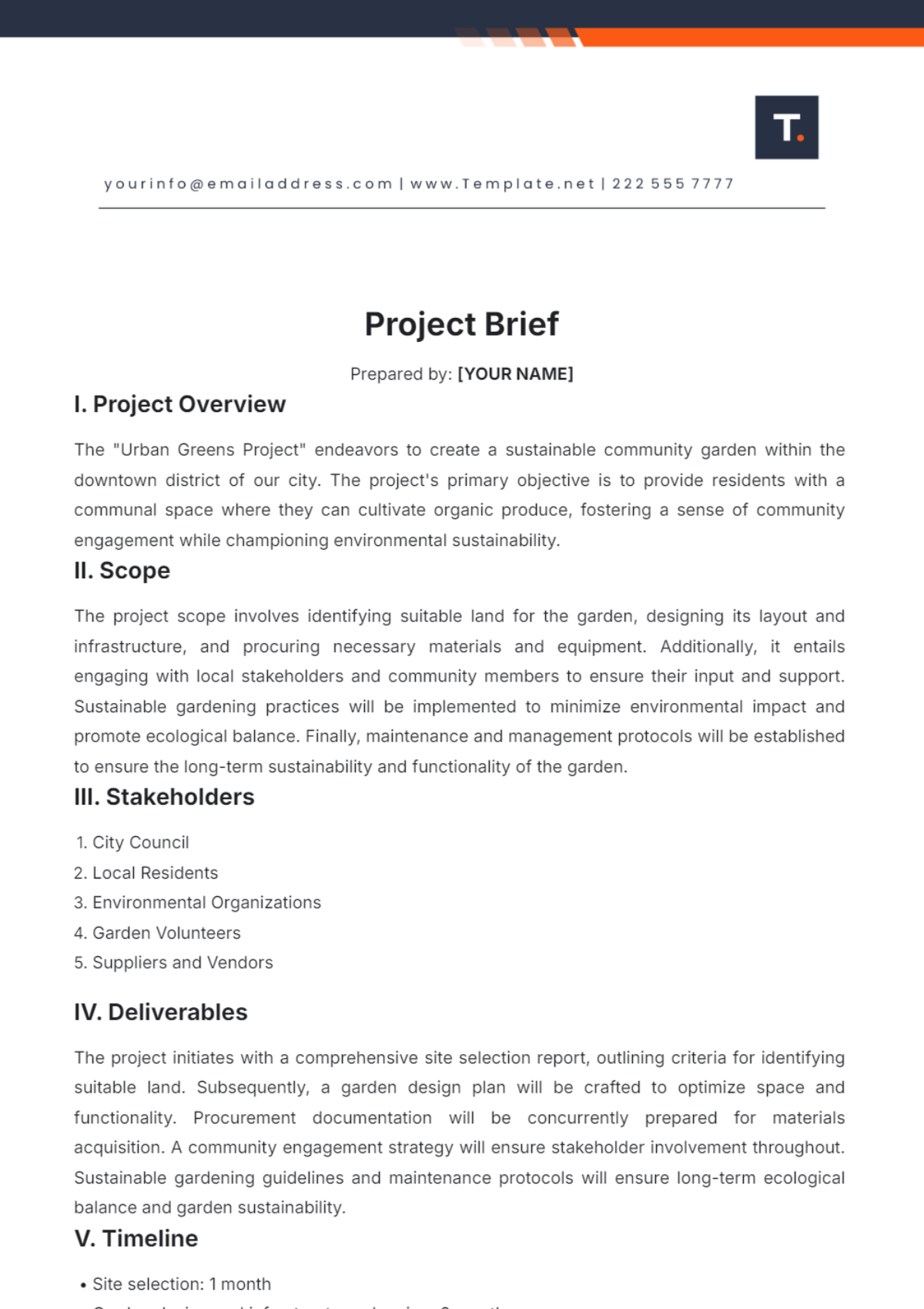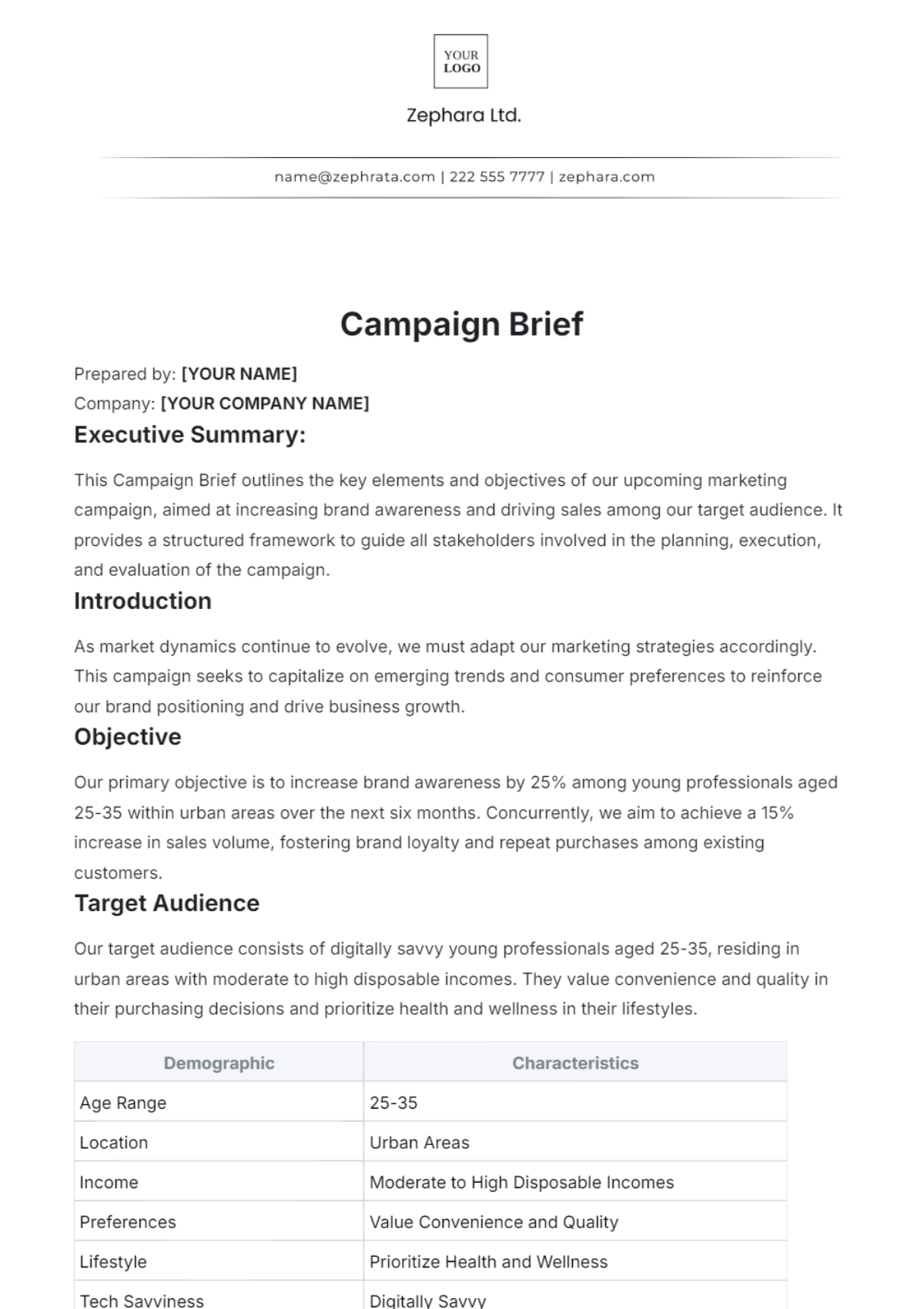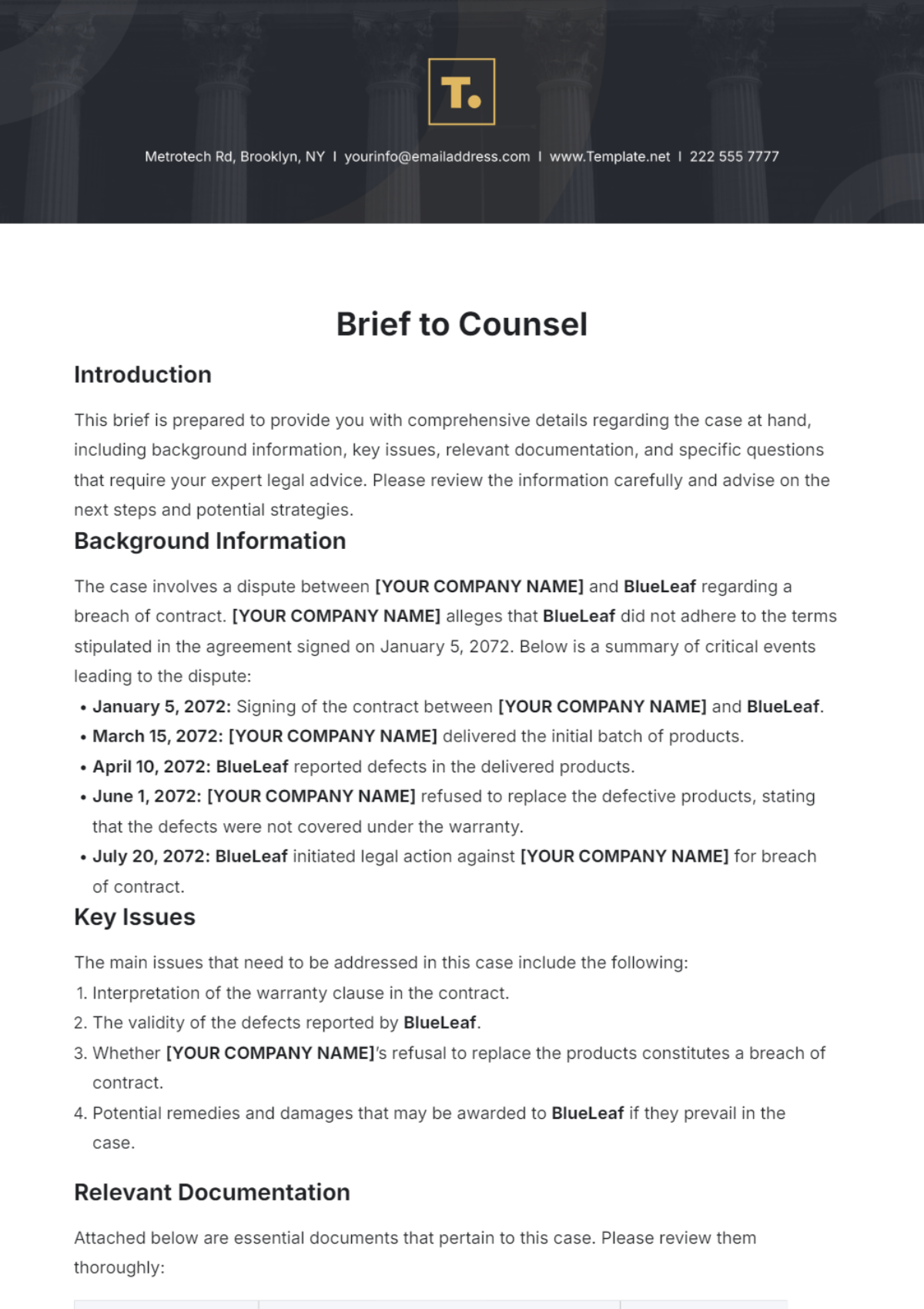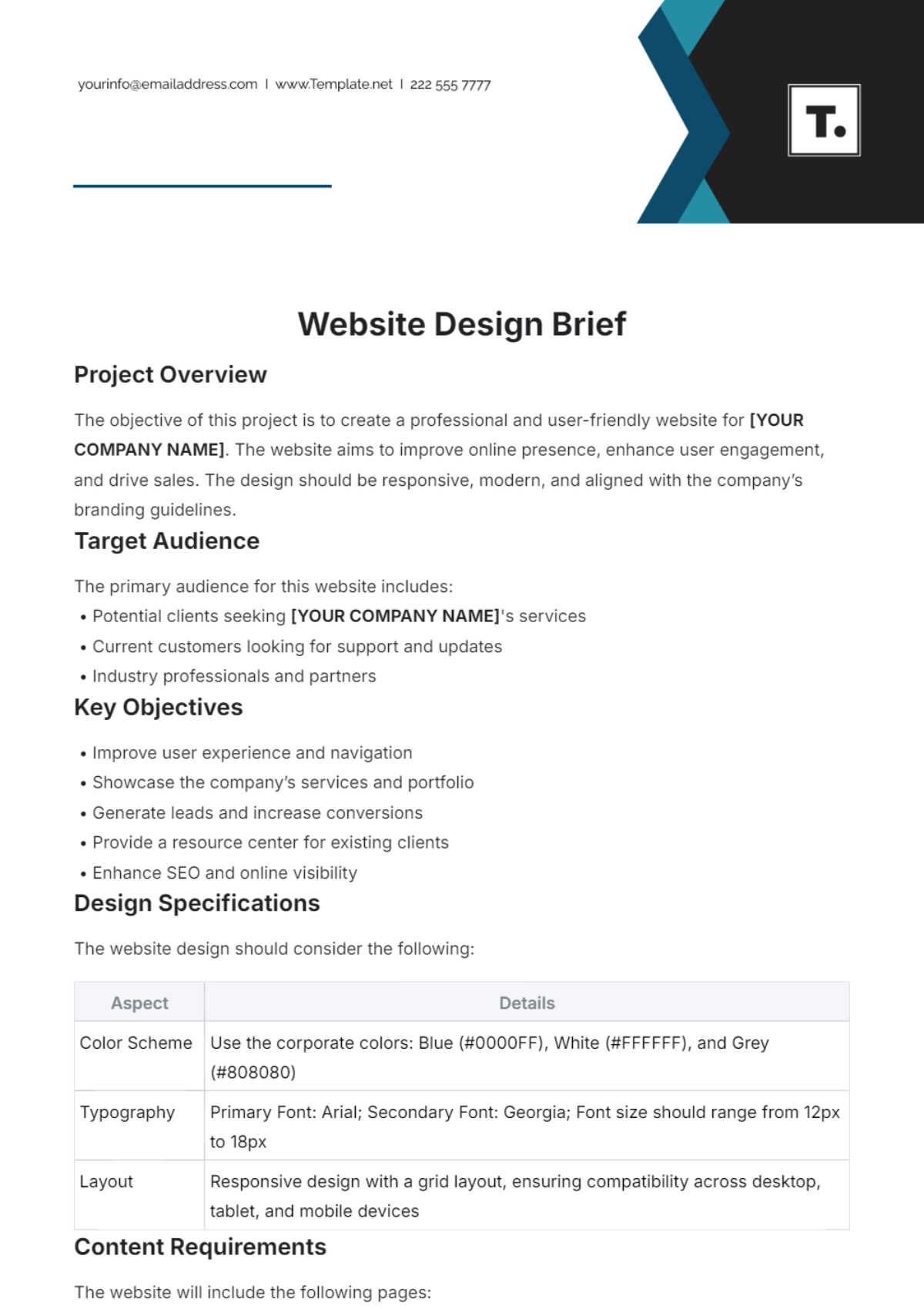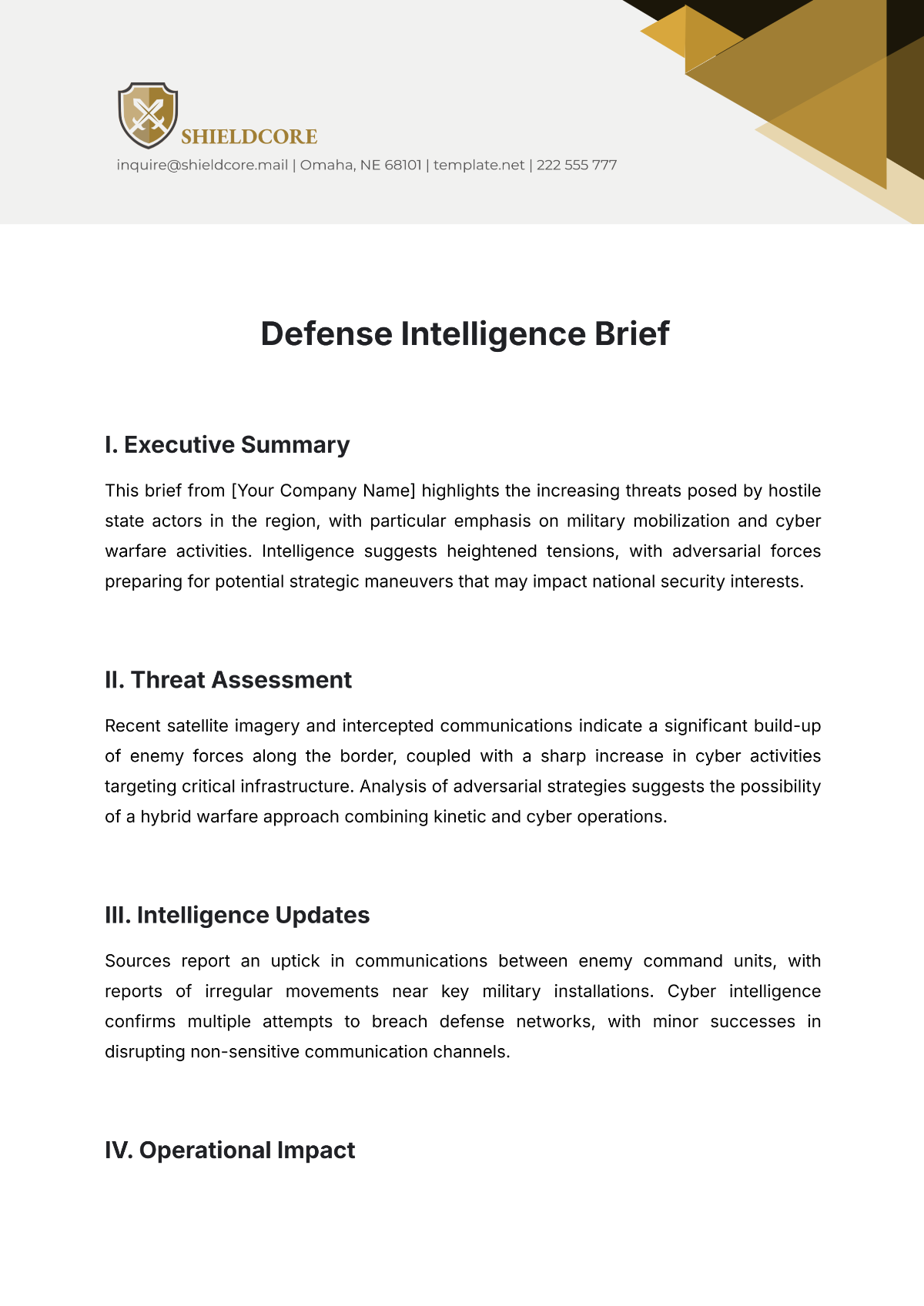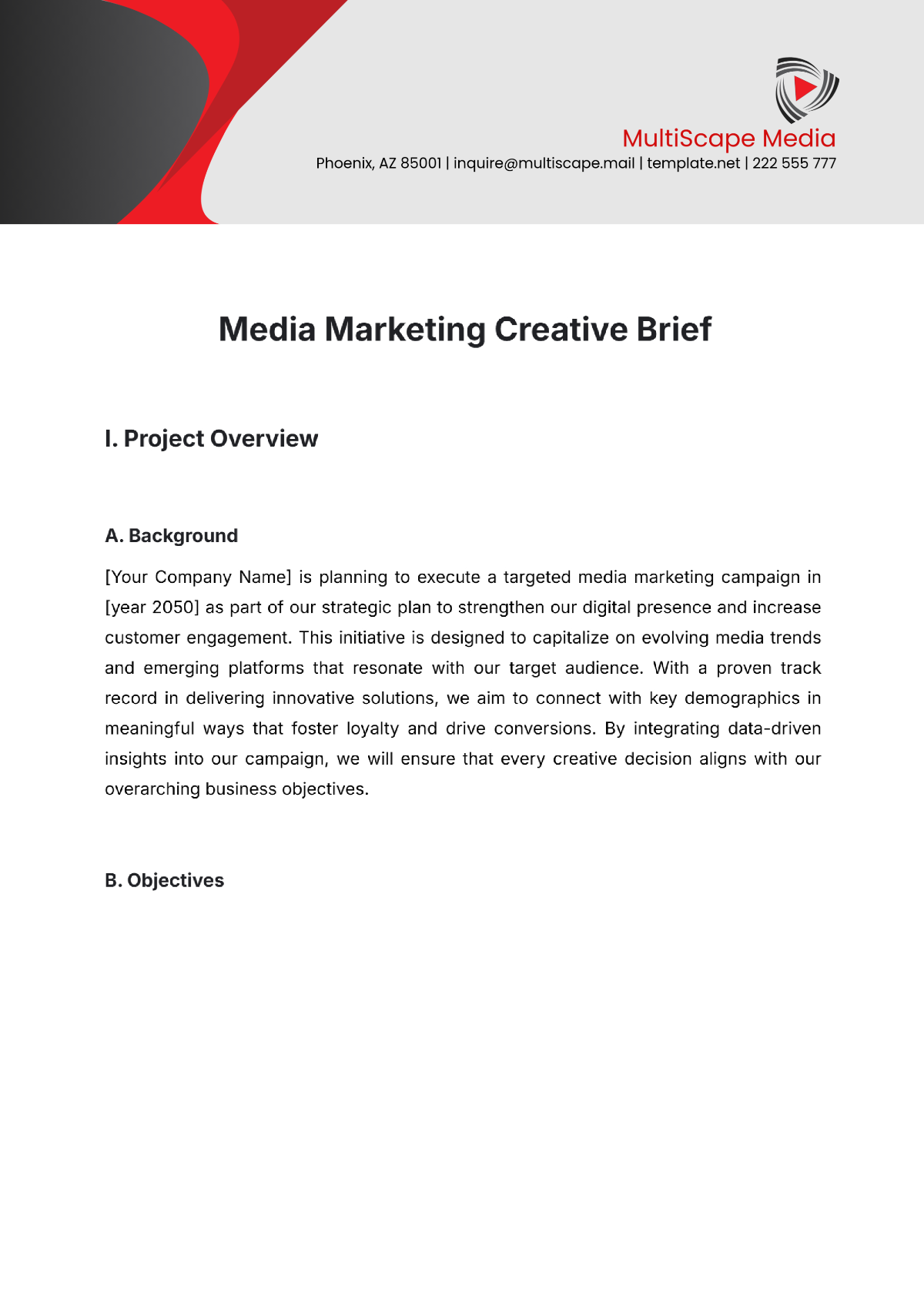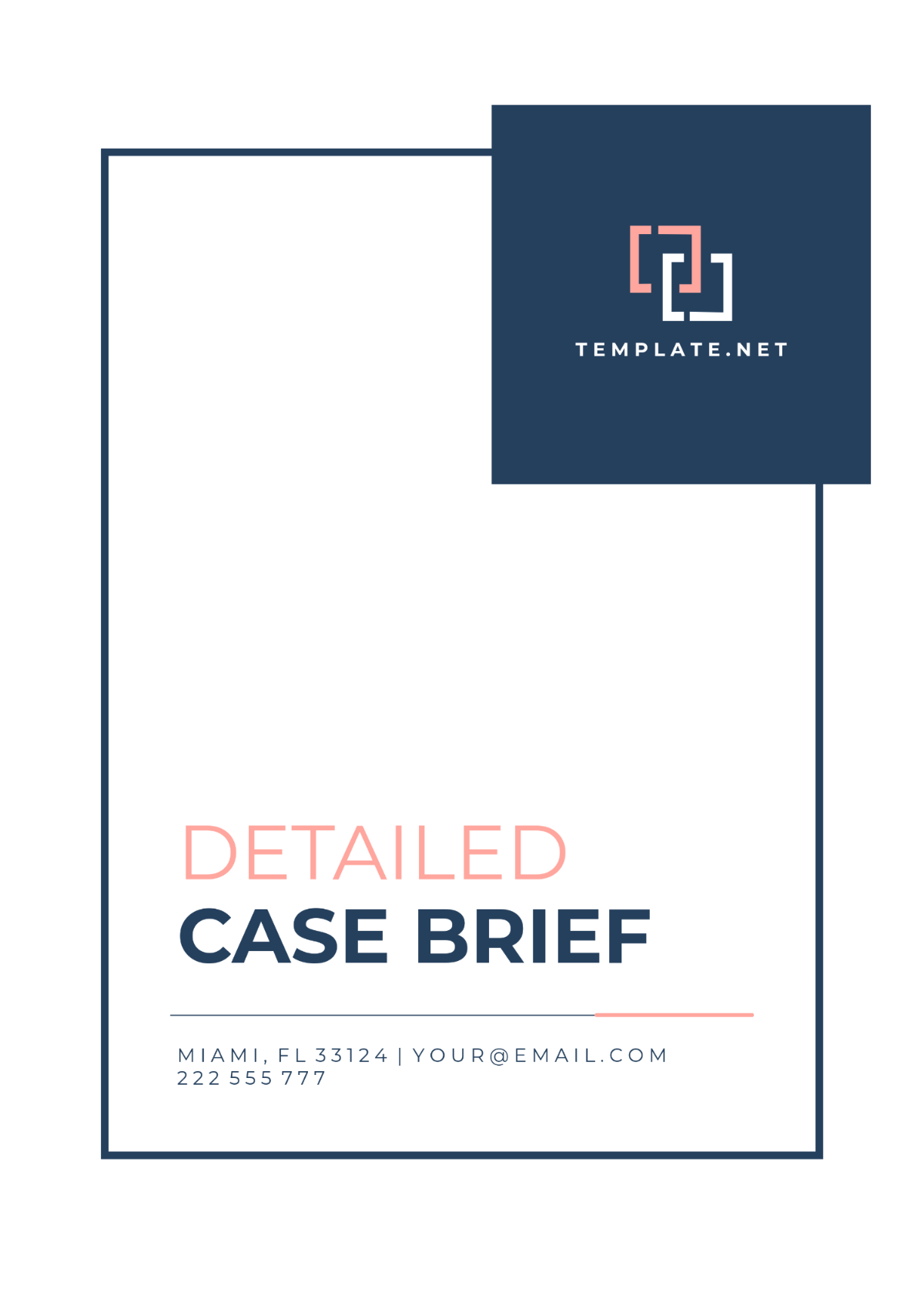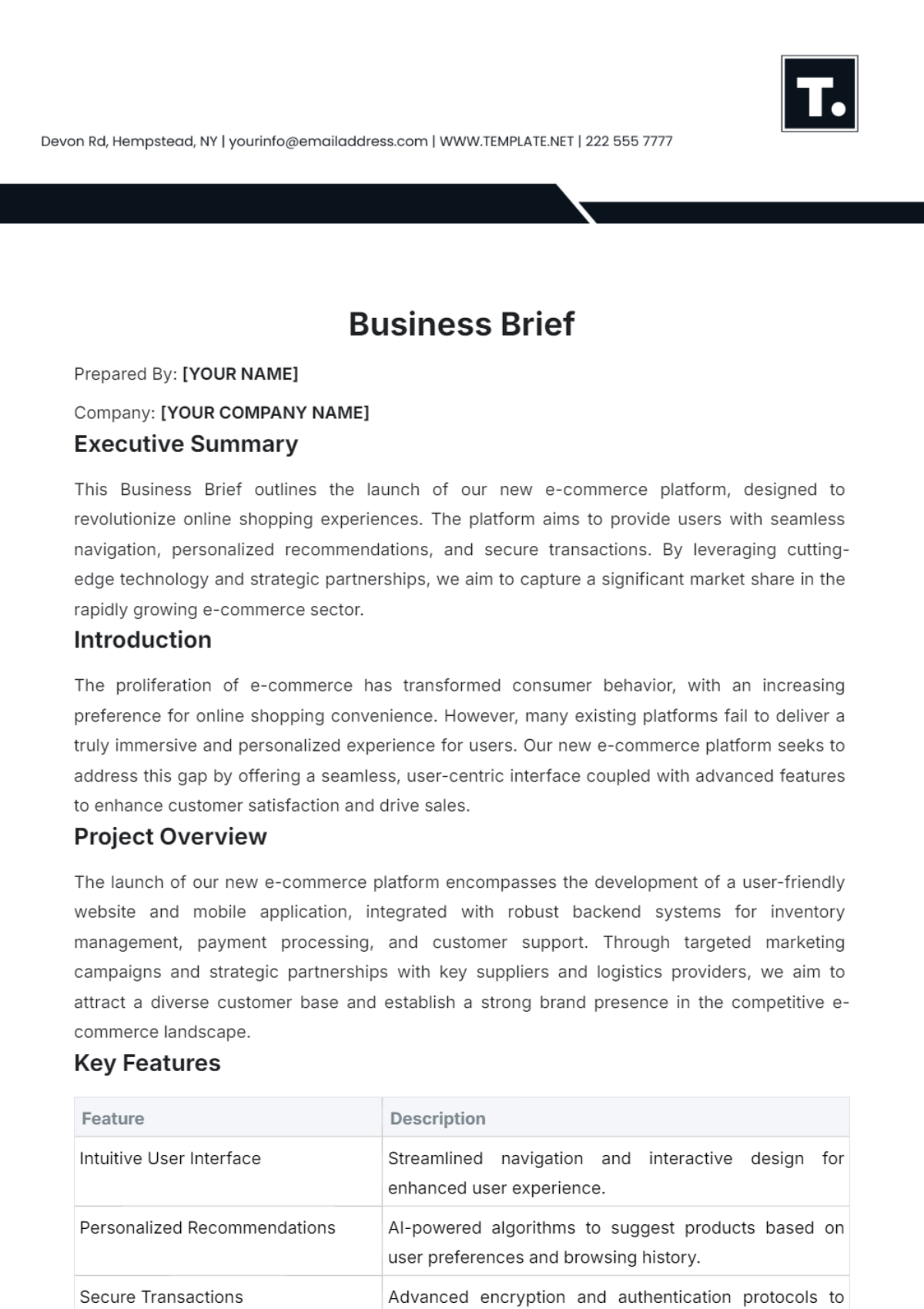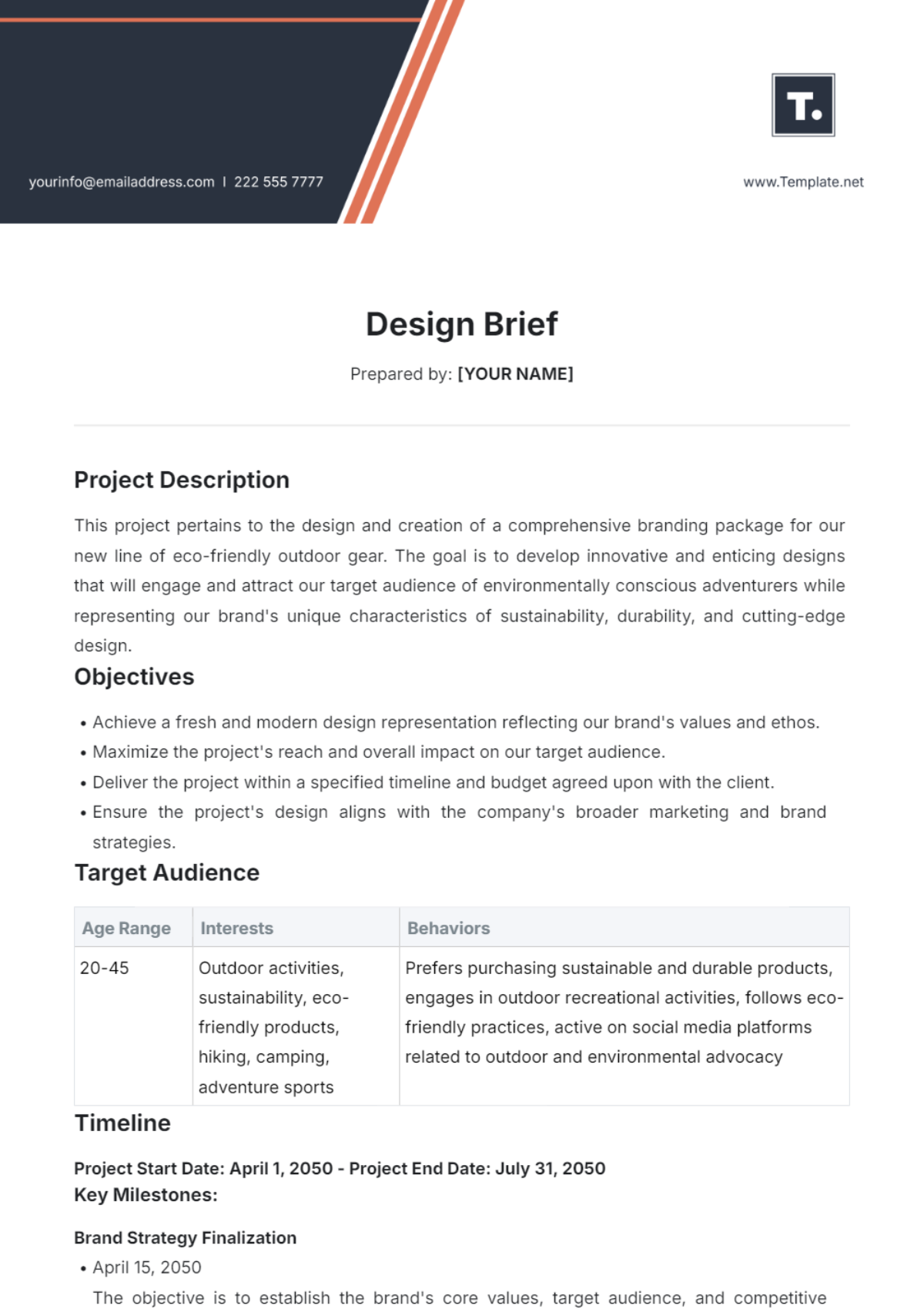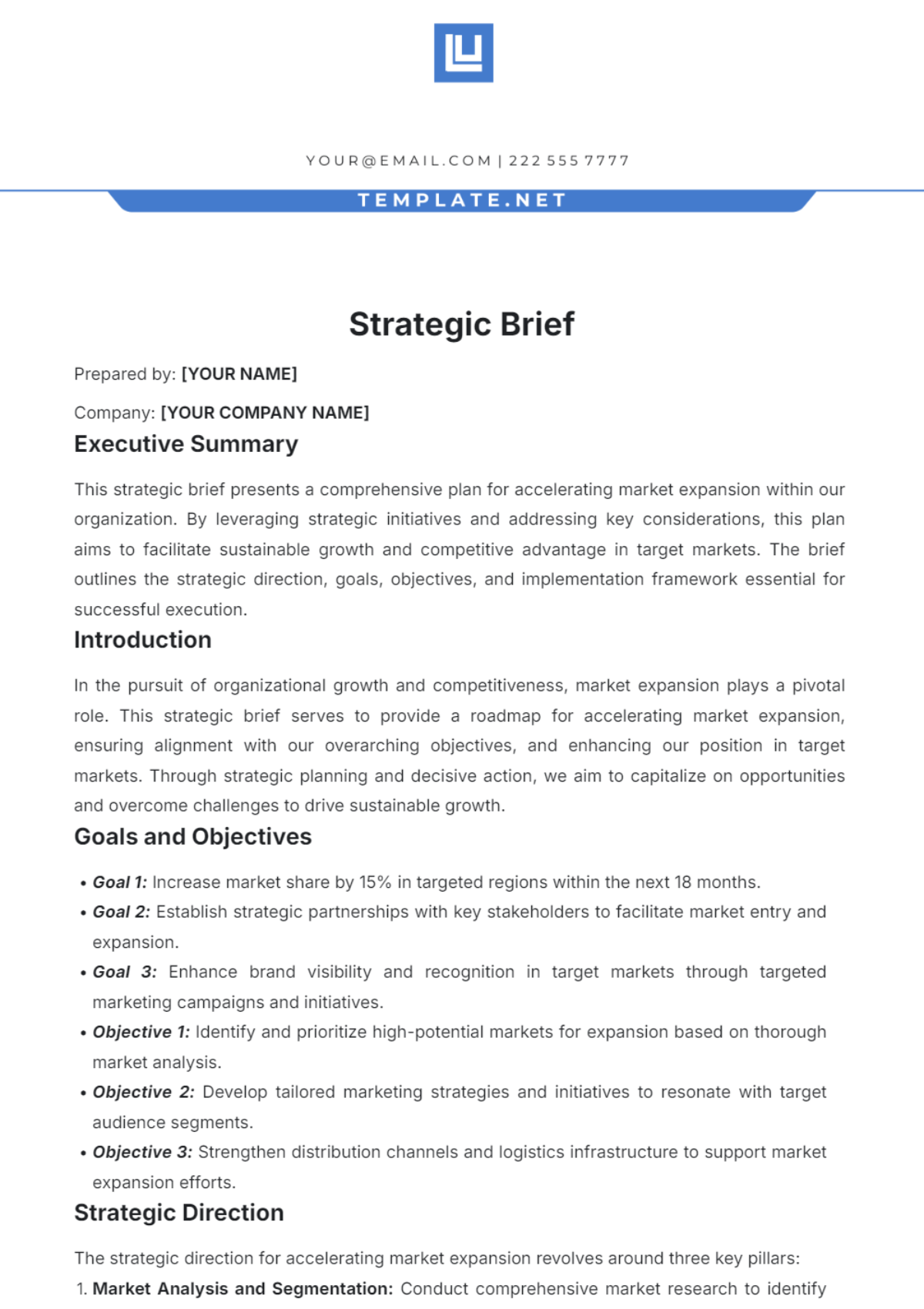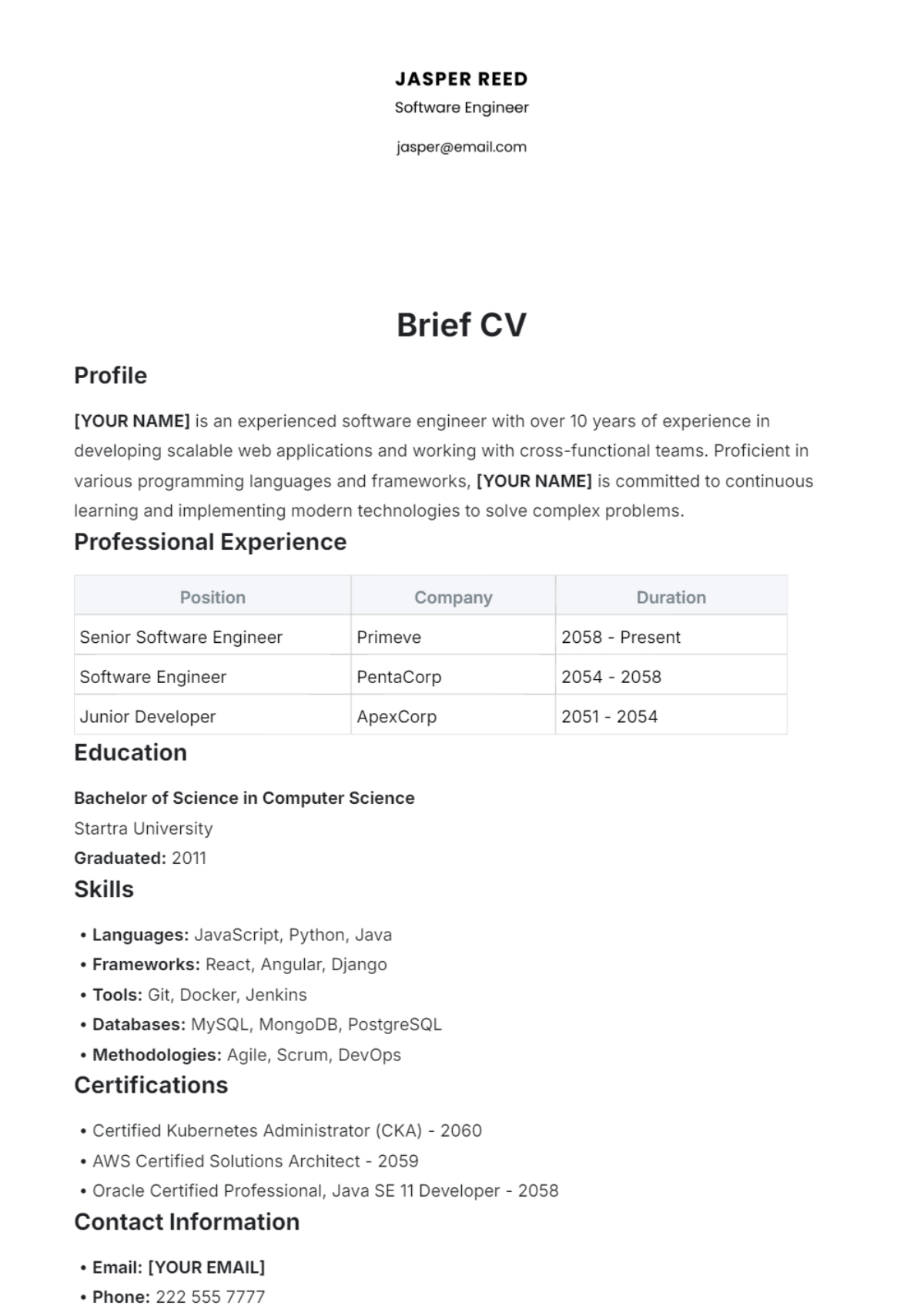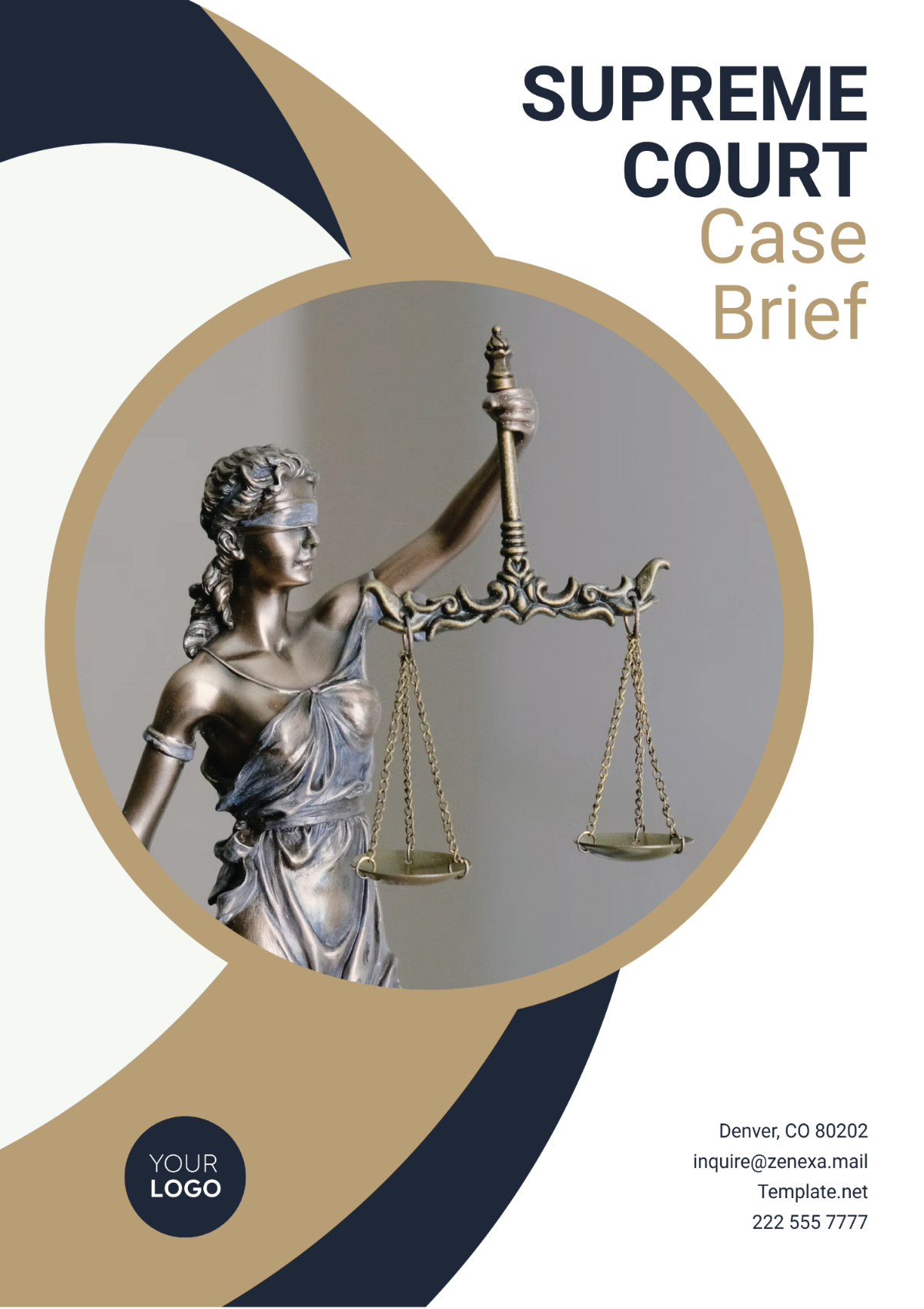Free Engineering Brief Template
Engineering Brief
Presented by [YOUR NAME] of [YOUR COMPANY NAME]
Project Overview
This Engineering Project Brief serves as a comprehensive guide for our collaborative efforts. It is imperative that each team member thoroughly reviews and understands the content to ensure seamless progress throughout the project.
Project Title: Innovative Sustainable Energy Solutions Project
Description: The Innovative Sustainable Energy Solutions Project aims to restructure our energy infrastructure by implementing cutting-edge technologies for renewable energy production and distribution. The project involves the design, development, and deployment of advanced solar and wind energy systems. Additionally, it includes the integration of smart grid solutions to enhance energy usage and storage. The project is pivotal in aligning our company with sustainability goals, reducing carbon footprint, and providing cost-effective energy solutions.
Location: Various locations nationwide with a focus on urban and suburban areas with high energy demand.
Start and End Dates: Project commencement is scheduled for April 1, 2024, and it is expected to conclude on December 31, 2025. The timeline includes key milestones such as feasibility studies, technology development, pilot implementations, and full-scale deployment.
Estimated Project Budget: $15 million
The estimated project budget of $15 million is strategically allocated across different categories. This includes funding for skilled personnel, procurement of materials and equipment, research and development, testing, and community engagement initiatives. The budget has been carefully structured to ensure
Objectives and Goals
The central motives driving the project as well as the expected outcome are outlined in this section. Each goal should be specific, measurable, achievable, realistic, and timely (SMART).
Objective | Measurable Indicator |
|---|---|
Implement Sustainable Water Distribution Practices | Achieve a 20% reduction in water loss through system leaks within the first year of project completion. |
Enhance Water Quality and Treatment Efficiency | Attain a 15% improvement in water quality parameters, as measured by reduced levels of contaminants, after the implementation of advanced treatment technologies. |
Increase Community Awareness on Water Conservation | Conduct and track the effectiveness of a comprehensive public awareness campaign, resulting in a 25% increase in community engagement in water conservation activities. |
Ensure Long-Term Infrastructure Resilience | Establish a preventive maintenance program leading to a 30% decrease in infrastructure breakdowns, measured through the frequency of repairs and downtime over the project's duration. |
Resilience Establishment Scope
This section outlines the boundaries of the project, defining what is included and what is not. The scope should provide clarity to project participants and stakeholders and help prevent scope creep.
Inclusions:
Implementation of the Advanced Urban Water Management System in the designated urban areas.
Deployment of state-of-the-art water collection and treatment technologies.
Construction and installation of necessary infrastructure for water distribution and wastewater management.
Development and execution of a comprehensive public awareness campaign on water conservation.
Establishment of a preventive maintenance program for long-term infrastructure resilience.
Exclusions:
Construction of new water sources (e.g., reservoirs, wells) beyond the designated project sites.
Landscaping and beautification projects are unrelated to the core water management infrastructure.
Ongoing operational costs beyond the project completion date.
Policy and regulatory changes are not directly related to the project's objectives.
Emergency response activities are unrelated to infrastructure breakdowns within the defined preventive maintenance scope.
Timeline and Milestones
This section provides a visual representation of the project timeline. It includes the projected start and end dates, as well as important milestones to be achieved along the way.
Milestone | Estimated Completion Date |
|---|---|
Project Kick-off | 2050-04-04 |
Completion of Feasibility Studies | 2053-02-14 |
Design and Planning Approval | 2054-07-28 |
Pilot Implementation of Water Management System | 2056-10-17 |
Risk Management
This section identifies and assesses potential risks that could affect the project, along with a contingency plan to effectively manage these risks should they occur.
Risk | Impact | Contingency Plan |
|---|---|---|
Unforeseen Regulatory Changes | Delays in project approvals and changes in compliance requirements. | Maintain close communication with regulatory bodies, adapt quickly to changes, and allocate resources for rapid adjustments to project plans. |
Technology Implementation Challenges | Delays in project milestones and increased project costs. | Conduct thorough testing during the pilot phase, have a dedicated technical support team, and establish alternative plans for technology adoption. |
Community Resistance | Slow adoption of the water management system and negative public perception. | Implement an extensive public relations campaign, engage with community leaders, and address concerns proactively through community forums. |
Budget Overruns | Compromised project quality and potential delays. | Implement robust financial monitoring, conduct regular budget reviews, and have a contingency fund for unexpected expenses. |

